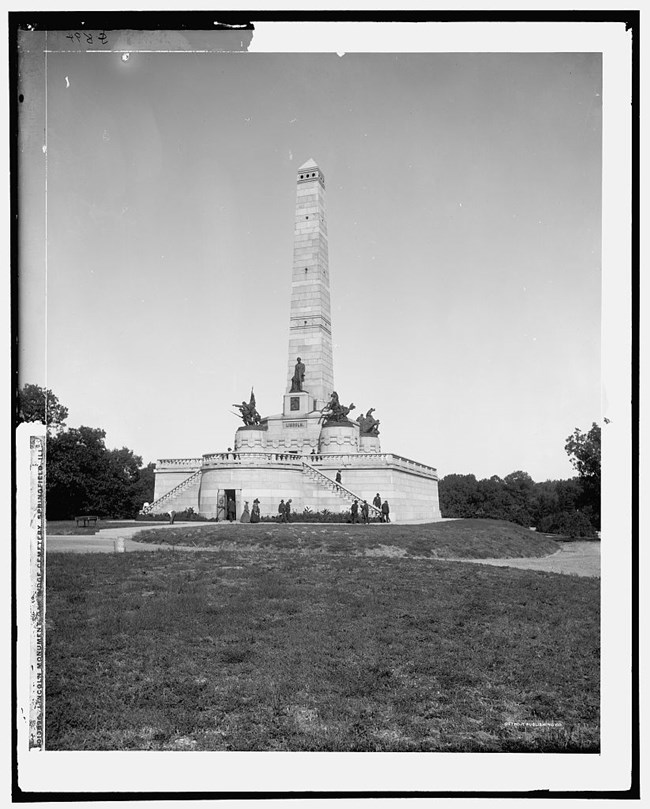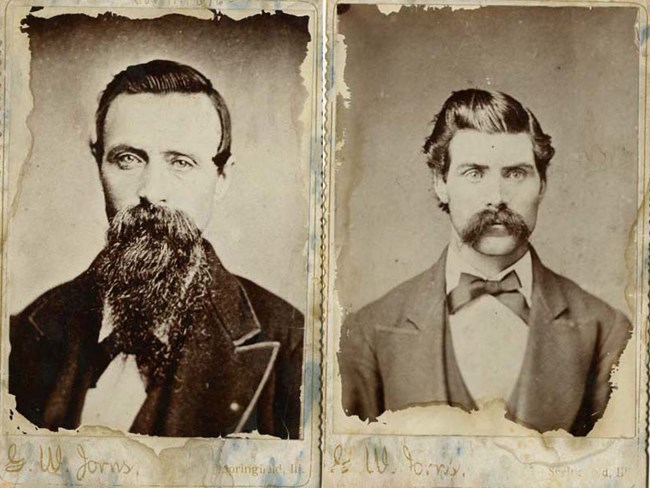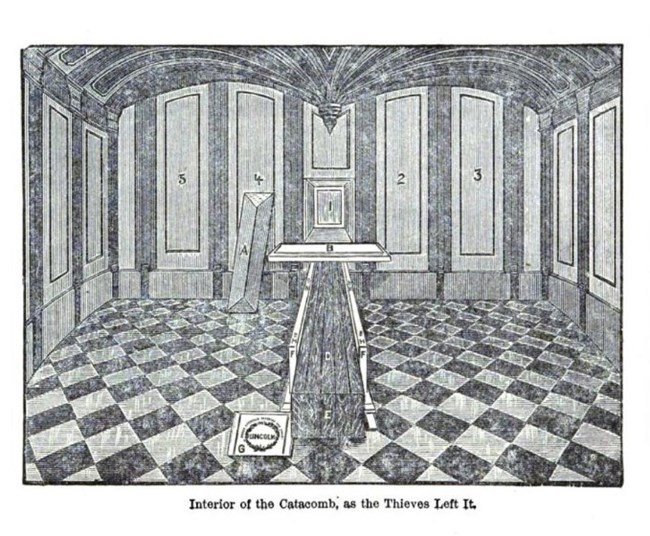Last updated: October 26, 2023
Article
A Plot to Steal the Remains of President Lincoln

Library of Congress
That October, a prominent engraver for Chicago counterfeiters named Benjamin Boyd was jailed at the nearby Joliet penitentiary. An Irish-American crime boss by the name of Jame "Big Jim" Kinealy relied on Boyd for his business and devised a plan for his release. Kinealy's scheme called for Lincoln’s body to be stolen from his tomb in Springfield, Illinois. The thieves would then take the President's remains over 200 miles to Indiana’s sand dune country. There, Lincoln’s remains would be hidden while the shifting sands would cover the grave-robbers' tracks. After the remains were hidden away, Boyd, the imprisoned engraver, would ransom them for his release, full pardon, and $200,000 (over $5.5 million today).
Crime boss Kinealy persuaded two of his men to carry out the scheme, Terrence Mullen and Jack Hughes. A third man, Lewis Swegles, joined them; but he was in fact an informant for the Secret Service, an agency created just over 10 years prior to combat counterfeiting. The Secret Service learned of this fantastic plot and decided to discuss the matter with Robert T. Lincoln, the former President only surviving son, since an investigation of this kind was not customarily performed by the Secret Service. It was decided that the Secret Service would need assistance in dealing with these grave robbers. Allan Pinkerton's Detective Agency was contacted. He assigned two men to help. With the aid of local police, Secret Service Operative Patrick D. Tyrrell laid out a plan to catch the robbers in the act. On the evening of November 6th, 1876, they boarded the same train for Springfield that carried the thieves and their informant.

Abraham Lincoln Presidential Library and Museum

John Carrol Power
